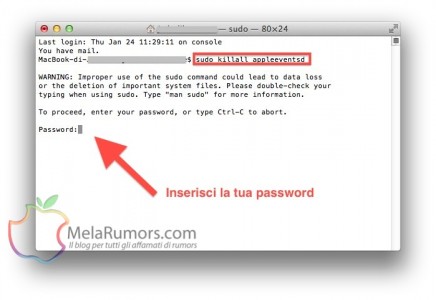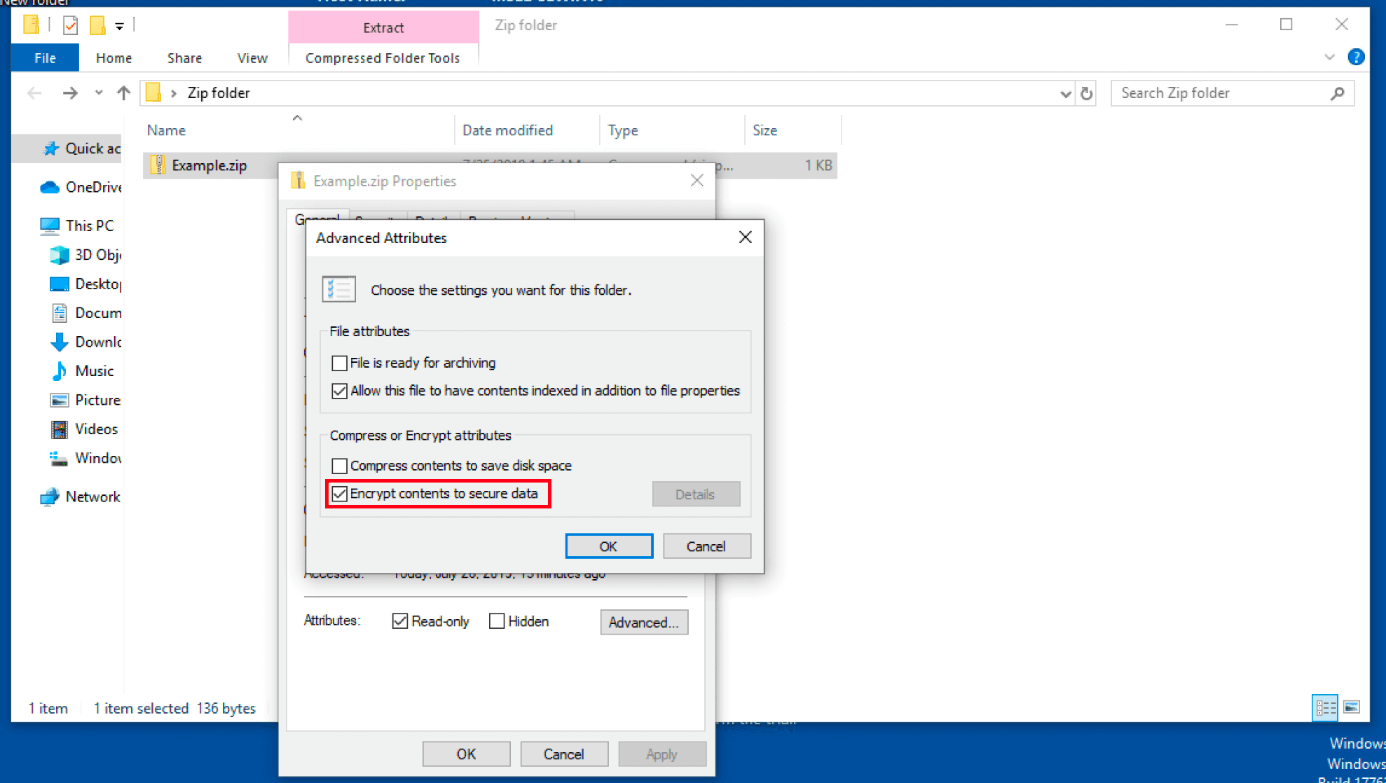

- #Mac utility compressione password mac os x
- #Mac utility compressione password mac os
- #Mac utility compressione password manual
(Thanks to Ars Technica for their great Snow Leopard review a lot of this hint is based on information from it.) The command line utility afscexpand can be used to decompress files in place (type man afscexpand into the Terminal for details). Also, copying a compressed file decompresses it, so copying files to an external drive to use on another computer should not be a problem. That's because the files are decompressed before they are transferred. (Although previous OS X versions should not damage the files, HFS+ compressed files will not be readable.)įile sharing from 10.6 is unaffected: copying HFS+ compressed files from a computer running Snow Leopard onto another computer will work fine, regardless of what OS the other computer is running.
#Mac utility compressione password mac os
Note that sometimes ditto will decide to not compress certain files (although I do not know the exact criteria for a file to be "compressible" - perhaps someone else can provide some insight into this?)Īlthough Apple recommends against using HFS+ compression for anything other than system files, due to backward compatibility issues, it seems it should not matter provided you do not mount any of the drives you have compressed files on directly under any previous version of Mac OS X. Once the compression is done, use hfsdebug to check to see if the file(s) were actually compressed. So to compress a file or directory with HFS+ compression, all you should usually need to do is type ditto -hfsCompression into the Terminal, replacing with the path to the source file/directory, and with the path to the destination file/directory.
#Mac utility compressione password mac os x
Since files using HFS+ compression are not readable on versions of Mac OS X earlier than 10.6, this flag should not be used when dealing with non-system files or other user-generated content. This is only supported on Mac OS X 10.6 or later, and is only intended to be used in installation and backup scenarios that involve system files. When copying files or extracting content from an archive, if the destination is an HFS+ volume that supports compression, all the content will be compressed if appropriate.
#Mac utility compressione password manual
If you view the manual for ditto ( man ditto) in 10.6, you should see this option listed: So the Quicktime X executable only takes up about 40% of its reported size that's nice, but what about using this compression for our own files?Īs it turns out, Apple has actually proved a way to use this new compression. You can also tell how much space the compression has saved from this output: The logicalSize for the resource fork is the size of the compressed data (6618026 bytes in this case), and the uncompressed size is 16652848 (the same size that the Finder reports). This output shows that the QuickTime X executable has the xattr (the xattr command line utility in 10.6 hides this attribute), which means that the file is compressed using HFS+ compression.

$ sudo hfsdebug /Applications/QuickTime Player.app/Contents/MacOS/QuickTime Playerįork temperature = no HFC record in B-TreeĮxtents = startBlock blockCount % of fileġ616 allocation blocks in 1 extents total.ġ616.00 allocation blocks per extent on an average.ĪttrData = 66 70 6d 63 04 00 00 00 30 1a fe 00 00 00 00 00Ĭompression type = 4 (resource fork has compressed data)


 0 kommentar(er)
0 kommentar(er)
